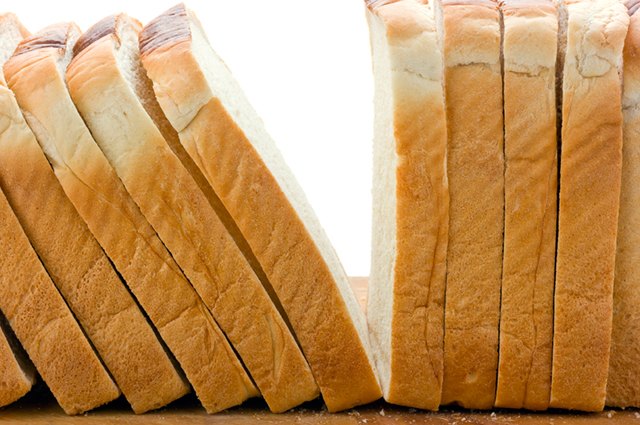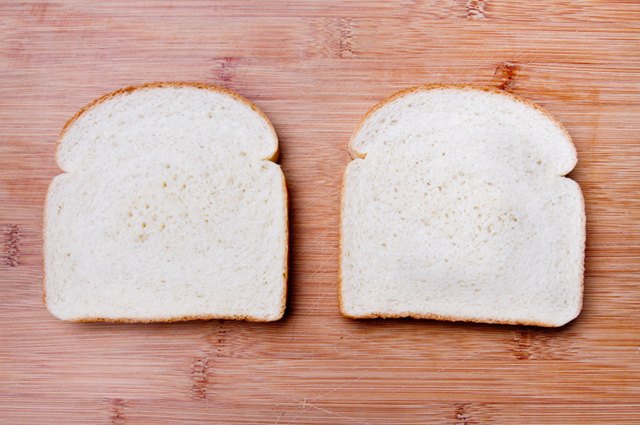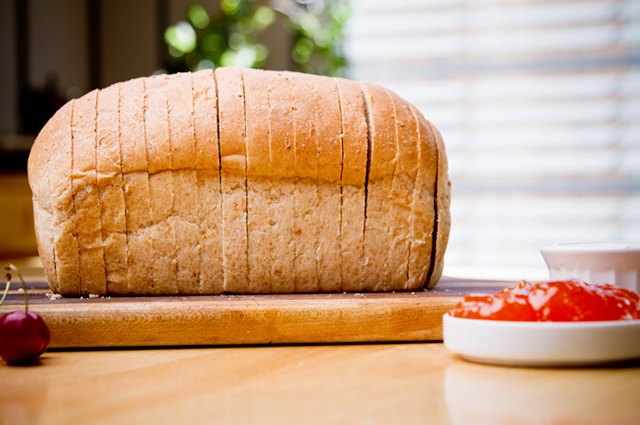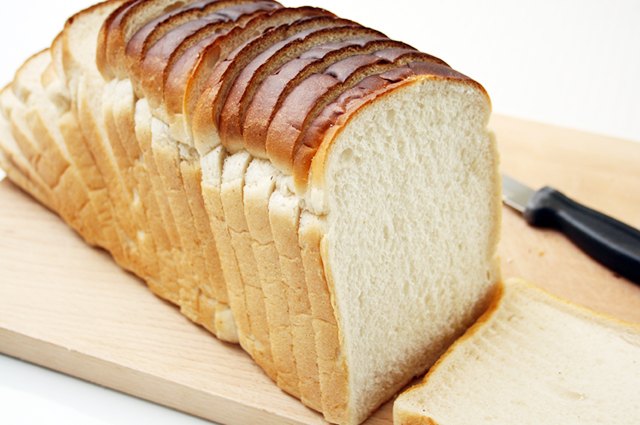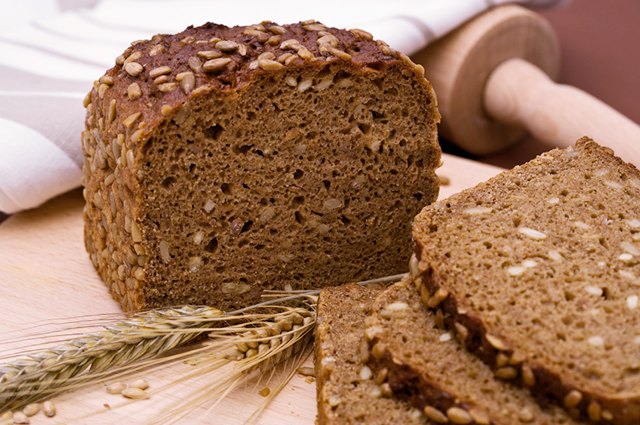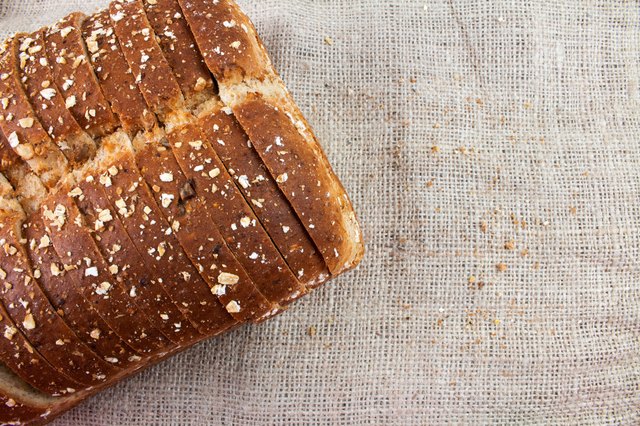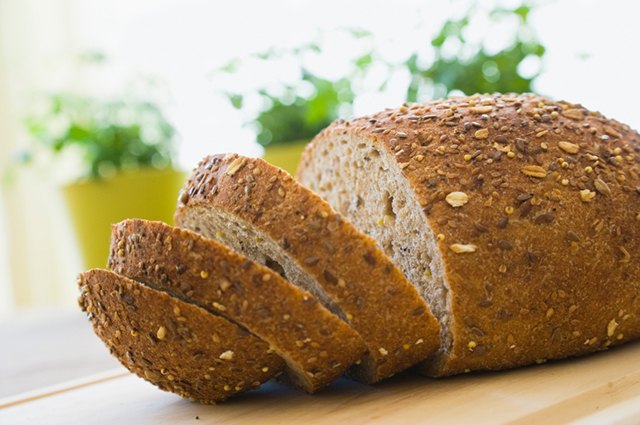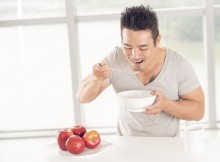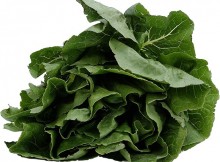Avoid using 10 ingredients in your bread (plus 7 brands are your best choice!)
Advertisements
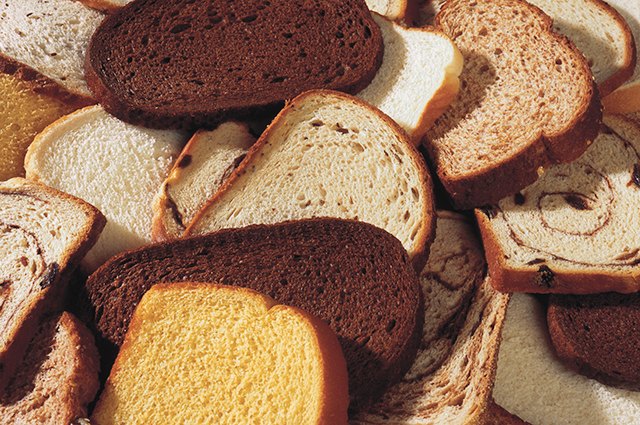
Advertisements
additives are used in commercial bread for various reasons. Antioxidants prevent spoilage and prolong shelf life; dough conditioners achieve ideal texture; sweeteners are used for flavor enhancement and water retention. These additives usually have terrible chemical names, some of which may even cause considerable harm to human health. The U.S. Food and drug administration, the agency responsible for ensuring the safety of most packaged foods, does not require testing of new additives before they are allowed to be used in food. On the contrary, until scientific research proves unsafe, qualified experts consider the substance to be "recognized safety" or gras. Unfortunately, some of the GRAS ingredients currently used are associated with negative health effects, including heart disease, diabetes and cancer. Some additives are worse than others, and the hardest to pronounce ingredients are not always the most harmful. Read on to find out which ingredients are terrible, more terrible and most terrible. In the last slide, we offer you seven bread brands that you can choose to avoid all these bad additives.
Credit: Comstock images / Getty Images potassium bromate is an oxidant used in "mature" bread flour, which helps to strengthen dough, improve foaming and make it larger. The World Health Organization's International Agency for cancer research (IARC) believes that potassium bromate is dangerous and its mission is to prevent cancer by studying the possibility of human exposure to carcinogens. IARC reports that there is no data available to assess the potential carcinogenicity of the compound to humans. However, food additive grade potassium bromate can cause kidney and thyroid tumors in rats. Although the state's known carcinogenic chemicals were listed in Proposition 65, the FDA approved the use of the additive. Except for the United States and Japan, bromate is basically prohibited in the world. Because of its utility in bread making, you can even buy "bromate flour" (made of potassium bromate) at the grocery store. This compound can be listed on the ingredient label in any way. Avoid bread with this additive. read more : bulletproof's Dave Asprey to learn how to achieve the best self through biohacking was used as a dough conditioner to improve the texture and strength of bread dough. When the sandwich chain subway announced that ADA would be removed from the bread dough due to its potential harmful health effects, the compound (ADA for short) received great media attention. The focus of attention is on semicarbazide (SEM), a chemical formed when ADA decomposes during bread making. According to the FDA, "at a high level, SEM has been shown to increase the incidence of tumors when fed to female mice, but not to male mice or mice of any gender." The government agency went on to say that the levels of scanning electron microscopy fed to the mice "far exceeded human estimates of exposure to ADA treated flour or bread products." Azodicarbonamide is still approved for use as a food additive, although it "does not need to make bread and has other ingredients to use." When choosing bread or any food, it is best to avoid the use of any ingredient that has been investigated as a potential carcinogen. Credit: photocloud / iStock / Getty Images credit card: rubber ball / Getty Images Credit: sinankocaslan / iStock Credit: ajma_pl / iStock BHA is an antioxidant used as a preservative to prevent rancidity, which is the chemical deterioration of fats exposed to oxygen. Most bread contains a small amount of fat and will stink over time. Rancidity produces unpleasant smells and tastes, and food manufacturers are keen to avoid changes in this product that may increase commercial antioxidants. Unfortunately, according to the U.S. Department of health and human services 2011 report on carcinogens, BHA "is reasonably considered to be a human carcinogen." The compound is also on the list of known carcinogenic chemicals in California. However, BHA is still approved by FDA as a food additive. Many consumers and advocacy groups are disappointed with the approval given the wide availability of safety alternatives for the same purpose as BHA. Many of them - including vitamins E and C - are even necessary for human health. Data on the potential carcinogenicity of butylhydrotoluene (BHT) are uncertain. Choose quality bread that does not have BHA or BHT in the ingredients. Credit: jlcst / iStock Credit: Bob ingrhat / iStock although most people may be familiar with the "Caramel Color" in the soda water ingredient list, this additive is also commonly used to darken the color of bread or baked goods, especially dark wheat or rye bread. Health problems associated with the consumption of caramel pigments are due to certain pollutants that may be produced during processing, i.e. 2-and 4-methylimidazole (2-or 4-MeI). The U.S. National Toxicology Program found that these chemicals cause cancer in mice. The World Health Organization believes that they "may cause cancer to human beings". Because California's environmental protection agency added 4-MeI to its Proposition 65, listing known carcinogenic chemicals in the state, and requiring food and drink containing the chemical (above the specified threshold) to be labeled with a warning label. Although the food and Drug Administration "has no reason to believe that there is any immediate or short-term risk to the expected level of 4-MeI's use of caramel in food," it is best to avoid the use of this ingredient. Credit: grandriver / iStock Credit: risk / iStock Credit: carolinby / iStock Credit: Oliver Hoffman / iStock when it's convenient, you must choose the bread bought by the store. Here is a list of recommended brands to help you make the healthiest choice and avoid unnecessary and potential harmful ingredients: 1. Food for life (also known as food for life. Com), 2. Alvarado Street bakery. Com, 3. Manna organics (mannaorganicbakery. Com), 4. Silverhill bakery. Ca, 5. Dave killer bread. Com, 6. Onedegreeorganics. Com and 7. Rudy's (rudisbakery. Com). Credit: paolaroid / iStock / Getty Images are you surprised by the presence of these additives in bread sold in American grocery stores? Do you check the label for these ingredients? What kind of bread do you buy now? Do you have any suggestions for bread brands without these additives? Please leave a message below to share your thoughts. credit card: Juan Silva / iStock Advertisements 1. Potassium bromate
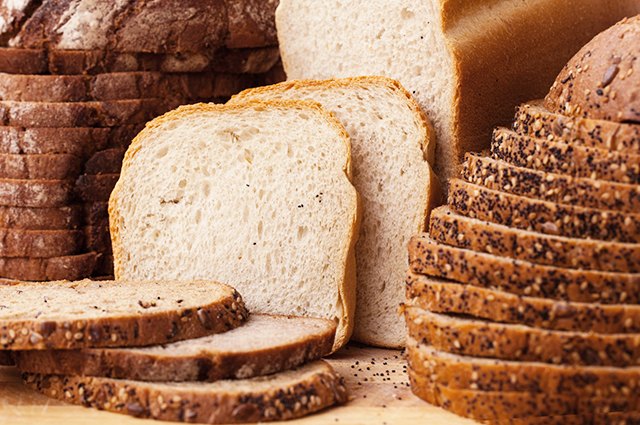
2. Azodicarbonamide
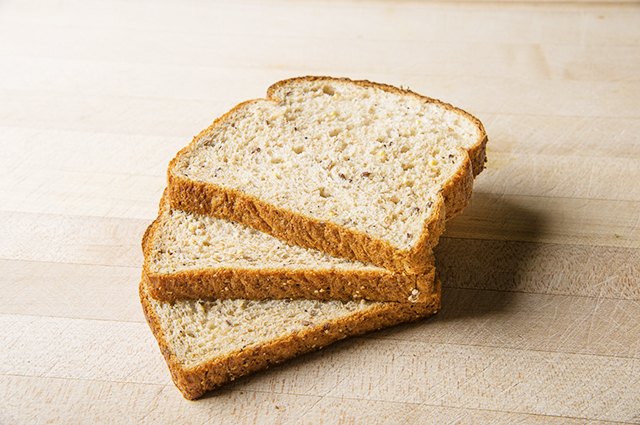
3. Since 2006, FDA has required food manufacturers to list trans fat content on food labels. These dangerous fats are formed in the process of "partial hydrogenation". They are used for the processing of unsaturated fats in bread and other foods, making them more antioxidant and putrefactive. However, if a food contains less than 0.5g of trans fat at a time, the nutrition label may legally say "0g", and people may unconsciously consume several grams of trans fat in packaged food all day. To make sure the product does not contain trans fats, check the ingredient label. " "Partially hydrogenated oil" is a dead giveaway that contains trans fatty acids. Eating trans fats increases "harmful" cholesterol (small, dense particles of LDL), which can damage arteries and increase systemic inflammation associated with heart disease, diabetes and stroke. An analysis by the Harvard School of public health found that "eliminating trans fats from the U.S. food supply can prevent up to a fifth of heart attacks and related deaths." Because of this, many health experts recommend not eating trans fats at all. Find fresh bread that doesn't contain these harmful fats.
4. Sugar has many functions in bread products. After the obvious effect of sweet taste, sugar can also increase the volume of bread by providing food for yeast, which helps to produce more fine and even texture, and keep moisture, so as to make bread more moist, tender and delay aging. Is there anything wrong with that? It's not news that many of us eat too much sugar. American dietary guidelines recommend that you get no more than 3% to 8% of calories from sugar, but the average consumption is 16%. Eating too much sugar increases triglycerides and LDL cholesterol, both of which increase the risk of heart disease. Eating too much sugar and calories can also lead to weight gain, hormonal disorders and diabetes. While some breads contain sweet ingredients (such as honey wheat or cinnamon raisins), it is wise to make sure that sugar does not provide most of the calories in the bread.
5. Monoglycerides and triglycerides act as emulsifiers in bread, combining water and oil-based ingredients. This will make the bread softer, improve the texture of the dough and prevent aging. Although the names of monotriglycerides and diglycerides sound scary, they are the most commonly used emulsifiers in the food industry and are safe to eat. Although they are harmless to human health, they are the symbol of industrial food production. High quality products often do not use them for good reason: other food ingredients, such as egg yolk and milk, can act as emulsifiers and provide additional nutrition. Many homemade bread recipes don't use emulsifiers at all. In contrast, large-scale commercial bread production relies on these additives to ensure product uniformity. For a healthy mealThe diet is mainly based on complete and fresh food, and it is better to insist that the product contains the ingredients of the familiar family chef. You don't want to see too many labels for monoglycerides and diglycerides in your pantry. There are many high quality bread products on the market. Choose products that do not contain these additives.
6. Butylated hydraxyanisole (BHA)
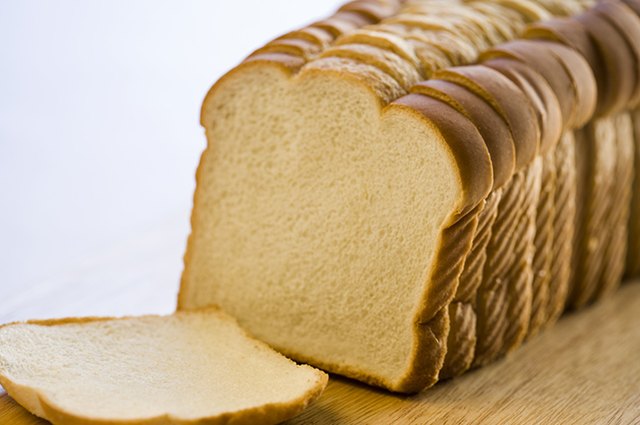
7. Most homemade bread recipes require a small amount of salt, which is important for the flavor and texture of bread. But too much salt can be a health hazard - especially if you eat more than one slice of high sodium bread a day. Americans eat too much sodium in their diet. The average daily intake is 3400 mg, more than twice the recommended intake of 1500 mg! More than 75% of sodium comes from packaged and restaurant foods. Too much sodium increases the risk of high blood pressure, which affects a third of Americans. The American Heart Association lists bread and rolls as "salty six," and their list of popular foods can add a lot of sodium to your diet. Some popular brands are as high as 230 mg per tablet, while others are 0 mg. Because the recommended amount of sodium is in mg / day, and the amount of bread people eat is not the same, there is no threshold for health. Smart point: when shopping, compare the bread label and choose the brand with low sodium content.
8. Caramel color
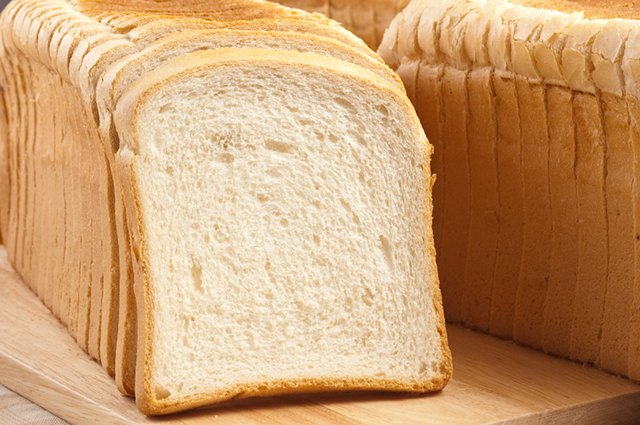
9. The high fructose corn syrup (HFCS) on the bread label bodes ill. The sweetener is usually made from genetically modified corn, which food manufacturers prefer because it is cheaper than sucrose, which is made from sugar cane or beet. In addition to adding sweetness, HFCS has other satisfactory characteristics, making it an attractive ingredient for bread manufacturers. Compared with sucrose, HFCS can produce better browning and keep bread moist for a long time. Because hydrofluorocarbons are so common, they make a significant contribution to the 360 calories of added sugar Americans consume every day. If you eat toast for breakfast and sandwiches for lunch, you may unconsciously fill your diet with empty calories of hydrofluorocarbons. Unfortunately, excessive calorie consumption is not the only problem. Studies have shown that too much fructose can lead to high triglycerides, a risk factor for heart disease. D decreased insulin sensitivity, the precursor of diabetes. Many food manufacturers are reducing or eliminating hydrofluorocarbons in their products due to years of negative publicity around them. It should be relatively easy to avoid using HFCS to make bread.
10. Soybeans are usually found in bread in the form of soybean oil or soybean lecithin. On the face of it, neither of these ingredients deserves attention. Lecithin is found in many animal and plant foods, which is the source of dietary choline. It acts as an emulsifier to prevent water and oil from separating and rancidity. Soybean oil provides fat to enhance flavor, richness, and texture, and unless partially hydrogenated, which can lead to unhealthy trans fats, moderate consumption of fat is safe. The concern about soy ingredients is that they are likely to come from GM soybeans. In 2013, 93% of Soybeans Planted in the United States were genetically modified. There is a heated debate on the harmfulness of genetically modified ingredients in the scientific community, but many consumers are very concerned about it, hoping to avoid genetically modified food. If you're worried, look for the word "100% organic" on the label: this ensures that every ingredient in the product is organic, not genetically engineered.
tips for buying the best bread Some antioxidants and dough conditioners are considered possible carcinogens by various government agencies, but they are still approved for use in food. Sweeteners and certain fats are associated with weight gain, heart disease and diabetes. It should be noted that not all unfamiliar ingredients are dangerous. For example, lecithin may be hard to pronounce, but this compound is found in egg yolks and soybeans and contains nutritional choline. So just because you don't know a component name doesn't mean it's harmful. But for the best healthKang, it's better to choose as many whole bread, homemade bread or fresh bread from bakery as possible. You can easily identify their ingredients (flour, yeast, water, salt) as common ingredients in bread, you don't have to worry about additives - you may need to eat it faster or freeze it to prevent it from spoiling.
7 healthiest bread brands
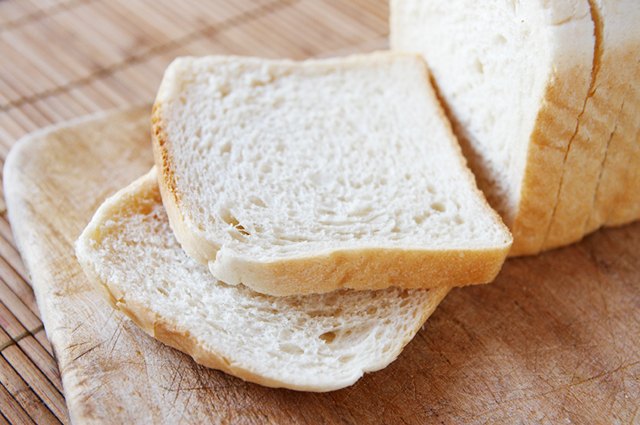
What do you think?
